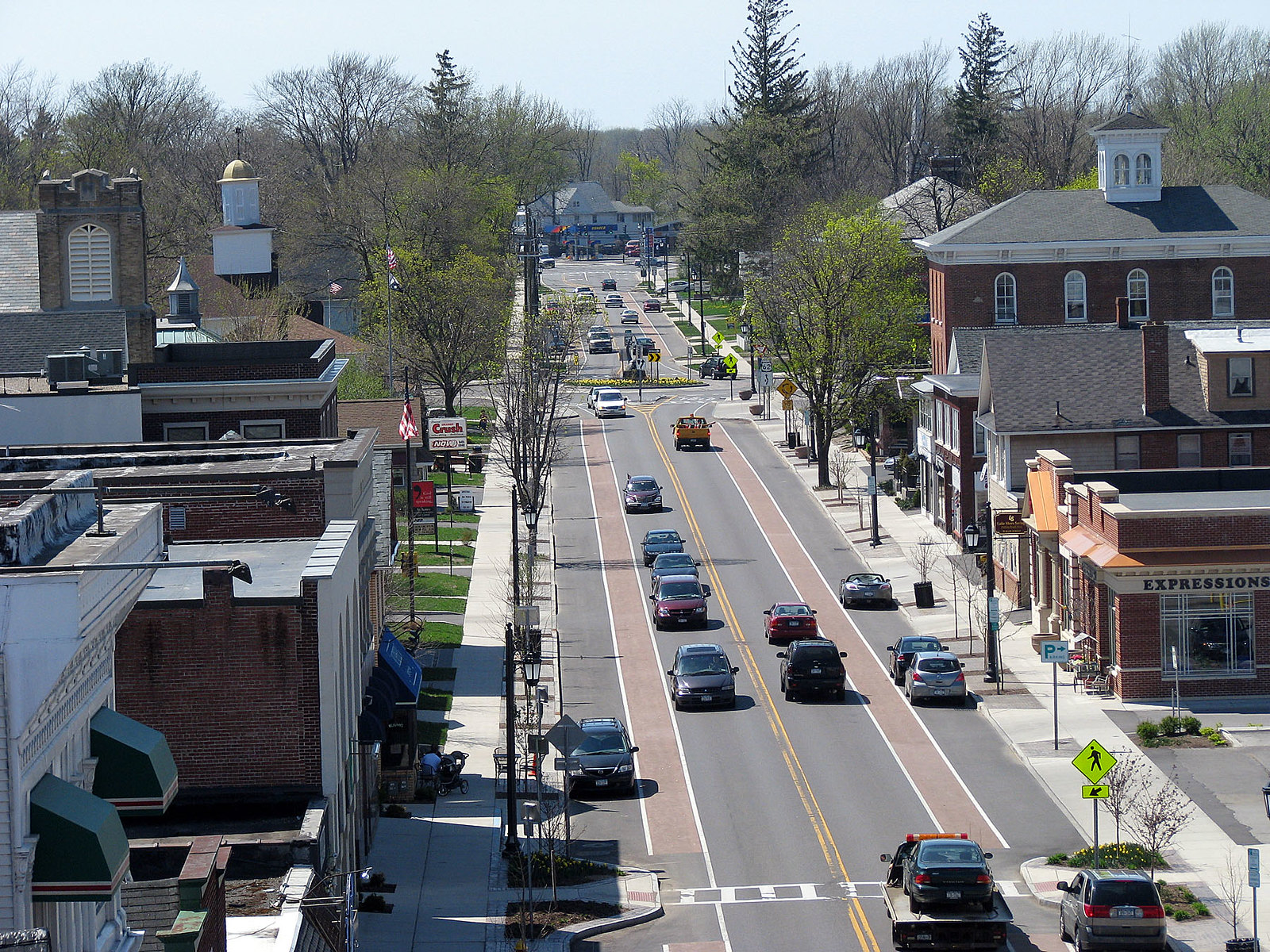The last-minute legislative sneak attack on light rail plans for Durham and Orange counties in North Carolina was an example of politics at its worst. Thankfully, it may not have staying power.

Lawmakers who still won't identify themselves inserted language into a state budget bill sabotaging the light rail project. There was no public debate. There was no warning that transit funding was even under discussion.
The budget measure placed an arbitrary cap on state funding for a light rail project: $500,000. Doing so undermined the process established by the state's Republican-controlled legislature for awarding transportation funds, which is supposed to be free from political interference. Through that process, project leaders had been counting on $138 million from the state to match federal funding and money from taxpayers in Orange and Durham counties, who voted to tax themselves to pay for the project.
But sanity may prevail after all. The News Observer reports that next Monday, Wake County Republican Paul Stam will insert language into a local spending bill aimed at reversing the light rail cap. Other lawmakers had attempted to add wording that would have threatened Wake County's transit plans. But that was beaten back by Stam and a wider, bipartisan coalition.
Advocates are urging North Carolina residents to contact their representatives and tell them to support rolling back the spending cap.
Kym Hunter, an attorney with the Southern Environmental Law Center, said the anti-light rail budget rider sets a bad precedent and unneccessarily inserts politics into a funding process that was designed to reward merit.
"There are already significant limitations placed on non-highway projects," she said. "The amount of money that’s designated for non-highway projects has decreased significantly and it was already low. It’s not the type of forward thinking transportation solution we need for our growing population."
Voters in Durham and Orange counties voted to tax themselves to pay for the 17-mile light rail line, serving the booming area between Durham and Chapel Hill, part of North Carolina's "Research Triangle." It is expected to serve 23,000 daily riders.





